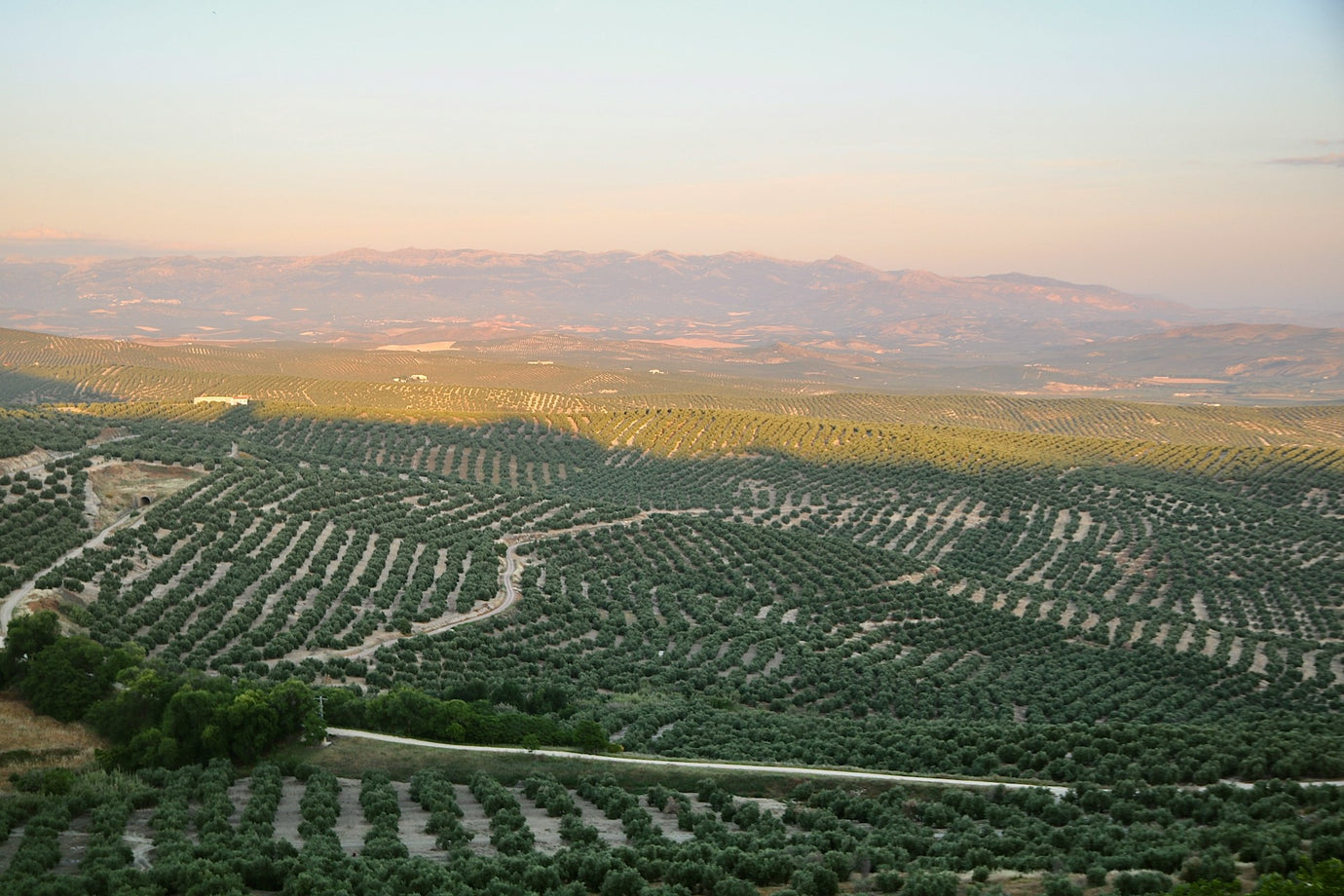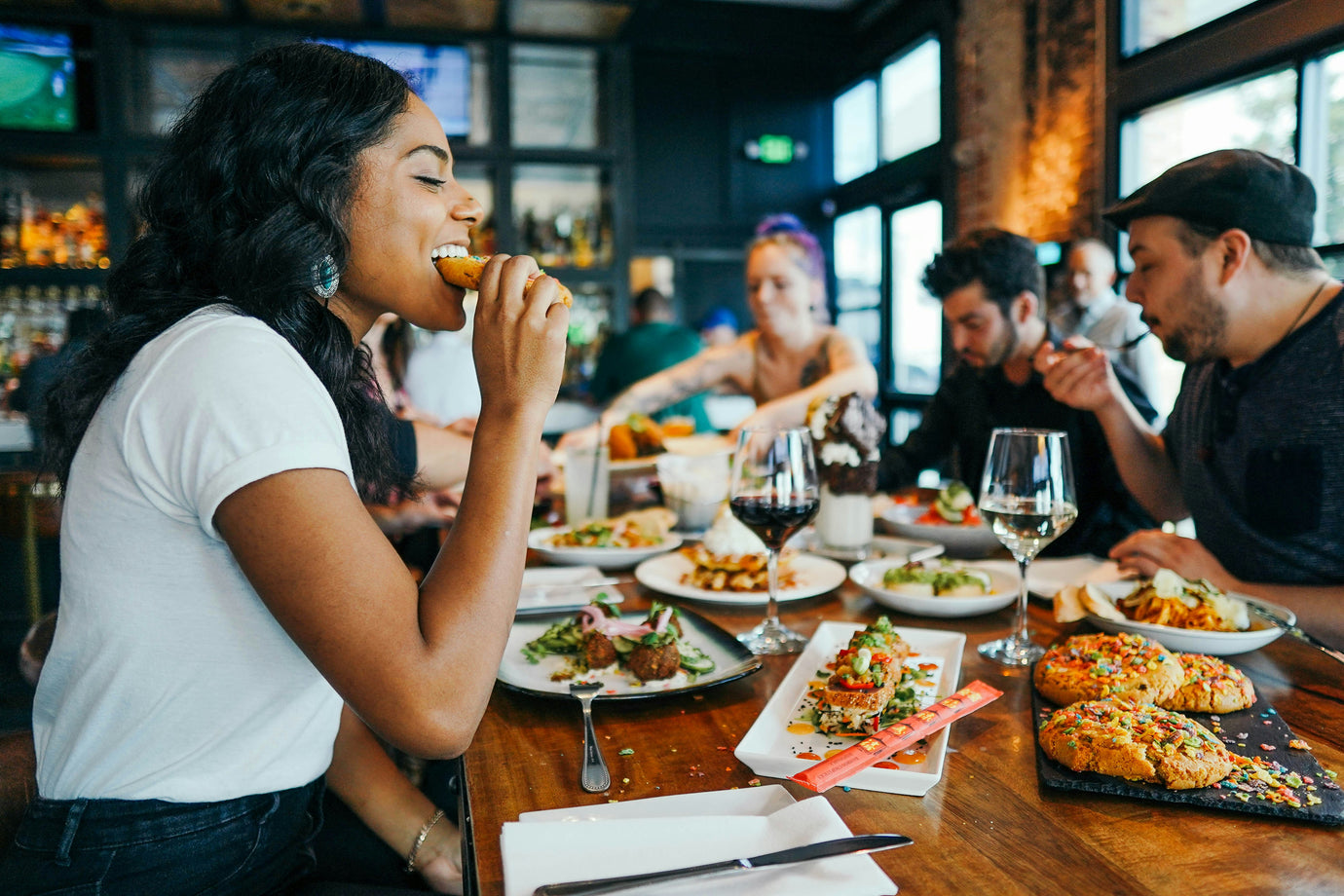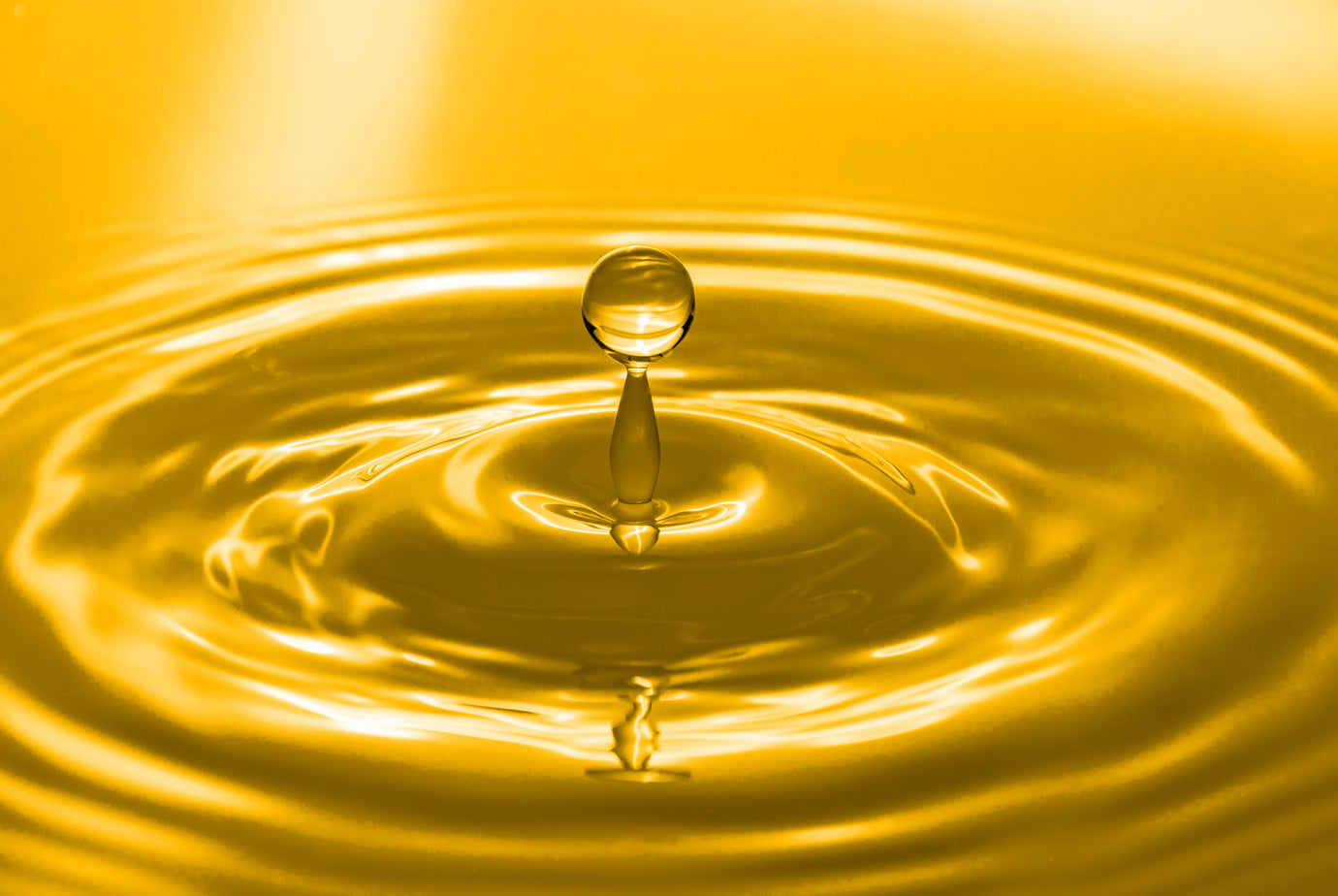How to Double-Fry for a Better Result
Crispy and delicious - that's the hallmark of many beloved foods like french fries, chicken wings, and tempura. Achieving that perfect crunch often feels like a culinary mystery. But there's a simple technique that can make your crispy creations restaurant-quality: double-frying. In this blog post, we'll unlock the secrets of double-frying, explore the science behind it, and even provide a delectable recipe to put this technique to the test.
The Double-Fry Secret
Double-frying is a technique that chefs around the world use to achieve the ultimate crispy texture. It's a two-step process that involves:
-
First Fry (Low Temperature): Foods are gently cooked at a lower temperature, usually around 325°F (163°C). This initial fry cooks the interior and prepares the food for the next step. It won't achieve that golden crispness just yet.
-
Second Fry (High Temperature): After a brief rest, the partially cooked items return to the hot oil, which is now heated to a higher temperature, approximately 375°F (190°C). This second fry quickly crisps up the exterior, creating that satisfying crunch.
Why Does Double-Frying Work?
The magic of double-frying lies in the science of moisture and oil absorption. During the first fry, the food's moisture is driven to the surface, causing it to develop a drier outer layer. This means that when it goes for the second round, it's ready to undergo the Maillard reaction - the chemical transformation responsible for browning and the formation of crispy textures. By double-frying, you're essentially allowing the food to achieve the perfect balance between a moist interior and a crispy exterior.
What Can You Double-Fry?
You can double-fry a wide variety of foods, including:
-
French Fries: The ultimate crispy treat. The double-fry method results in a fantastic contrast between a fluffy interior and a crisp exterior.
-
Chicken Wings: Double-frying ensures that your chicken wings are not only cooked through but also have irresistibly crispy skin.
-
Tempura: The secret behind tempura's light and delicate coating is the double-fry technique.
-
Doughnuts: Achieve doughnuts with a perfectly crispy outer layer and a soft, fluffy center by using the double-fry method.
Recipe Example: Double-Fried Chicken Wings
Ingredients:
- Chicken wings
- Oil with a high smoke point (e.g., canola or peanut oil)
Instructions:
-
First Fry: Heat the oil to around 325°F (163°C). Carefully add the chicken wings and fry them until they're cooked through but not yet crispy. Remove them and place on a paper towel-lined plate.
-
Rest: Let the chicken wings rest for about 10-15 minutes. This allows excess moisture to evaporate and prepares them for the second fry.
-
Second Fry: Heat the oil to around 375°F (190°C). Return the chicken wings to the hot oil and fry them until they're golden brown and perfectly crispy.
-
Enjoy: Season your double-fried chicken wings with your favourite spices and sauces, and savour the delicious results!
Double-frying may seem counterintuitive, but it's the secret behind achieving that delightful crunch you find in your favourite fried foods. With this technique, you'll have the power to elevate your crispy creations and impress your family and friends with the perfect balance of moist interiors and crispy exteriors.




